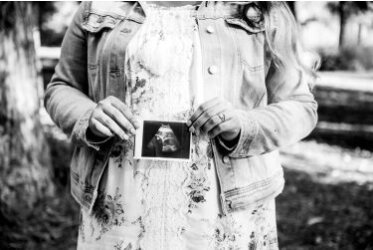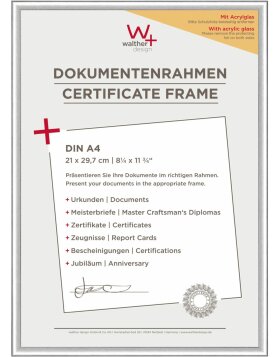Portrait photography: plenty of room for creativity
For most people, portrait photography is a great challenge. After all, many factors have to be right and work together to achieve a really great result. But which factors actually contribute to a good result in portrait photography?
You may fear that everything to do with portrait photography is terribly complicated. But that is not the case. A very important component for a great portrait is, for example, the right location for the shot. This creates an atmospheric ambience. The light, on the other hand, puts the icing on the cake, while the right pose of the model creates the desired effect.

The final touches can be made with the camera's exposure, focal length and sharpness.
In this article we have compiled some tips for you, which should make it easier for you to get started in portrait photography.
Tips for the perfect portrait
Enough time
Especially if you are entering new territory with portrait photography, you should plan enough time for the first shooting. Even if the model has perhaps never stood in front of the camera before or is rather camera shy, time pressure should also be avoided in any case.

If you want to shoot outside, then you should bear in mind that the light changes during the course of the day. A portrait shoot in the morning provides a golden glow to the shots. In the afternoon, on the other hand, warm sunrays in orange and red tones ensure that the model's skin colour is particularly emphasised. An outdoor portrait shoot at noon, on the other hand, should be avoided at all costs. At this time, the sun is too high to get good pictures.
The choice of location
When you think of portrait photography, you probably first think of shots taken in a photo studio. But you don't necessarily need a studio for appealing portrait shots.
Often an outdoor location is much more suitable. Because outdoors offers you a variety of possibilities. You can take pictures with your model in the forest or in a field. Industrial areas, for example, can also be an interesting setting for exciting shots.
At this point you should bear in mind that outdoor shots often produce much better results in terms of portrait photography than shots taken in a studio.
Follow the 2/3 rule
When it comes to portrait photography, the 2/3 rule or the golden ratio is mentioned. The 2/3 rule is a design rule in photography. With this rule, the photo is divided into nine parts in thought. Distinctive motifs are placed in the right or left third. Within the framework of this rule, the horizon line is not placed in the centre of the picture, but on the upper or lower horizontal line.
Portrait photography: These are the technical requirements
When it comes to portrait photography, some technical points should not be forgotten. Here, factors such as the exposure metering method, focal length and sharpness play a decisive role.
Focus
In portrait photography, the focus factor must of course be right. As a basic rule, you can remember that at least one eye of the model must be in focus. This can be done first with the autofocus or with the manual focus. Afterwards, you can still influence the depth of field with the aperture.

Focal length
Shots taken with long focal lengths from about 70 millimetres upwards are much easier to crop. The subject is clearly in the foreground here, while the background appears blurred. This effect emphasises the subject even more.
If you use short focal lengths of less than 50 millimetres for portrait photography, the proportions often appear distorted.
Exposure metering methods
With the exposure metering method, the parameters light sensitivity, aperture, focal length and exposure time are directly related. This means that the higher the aperture value, the higher the exposure time must be.
We hope we have been able to give you some helpful hints with this article, so that your start in portrait photography will now be easier.






















